Black Sesame Glutinous Rice Dumplings (Tang Yuan) 黑芝麻湯圓
JUMP TO RECIPE ⇣ 📸 JUMP TO STEP-BY-STEP GUIDE ⇣
Tender and chewy glutinous rice dough encasing a rich, oozy sweet black sesame filling served in a light ginger broth, these SWEET GLUTINOUS RICE DUMPLINGS WITH BLACK SESAME FILLING are heaven in every bite!
This popular classic firmly ranks in the top three best Chinese desserts for me. Glutinous rice dumplings or glutinous rice balls (Tang Yuan) are an auspicious dessert for Lantern Festival, Winter Solstice and Chinese New Year because they symbolize family unity and togetherness. But honestly, these are a treat to eat all year round.
Before you begin, be sure to read through all my RECIPE NOTES AND TIPS below. I write these to help you succeed! There are STEP-BY-STEP PHOTOS to clearly show the process of forming the dumplings and also a VIDEO TUTORIAL showing the whole process including making the filling and dough, and rolling the dumplings. Don’t be intimated - you’ll get the hang of it with my tips, photo/video guidance and a little practice.
WHY MAKE BLACK SESAME GLUTINOUS RICE DUMPLINGS AT HOME?
It’s true they can be purchased from the freezer section of most any Chinese grocery store. But if you look at the ingredients of commercially sold dumplings, there are always additives, not to mention cheap refined oil instead of butter (or lard from the OG traditional ways). Homemade tang yuan need only 4 ingredients: glutinous rice flour, black sesame seeds, sugar, butter. (Plus water.) That’s why I’m not a big fan of store-bought tang yuan and firmly feel making them at home is worth the effort!
The sweetened ginger broth is our favourite way to eat these dumplings and that’s why I include it in this post. The mildly-sweet, gingery water not only compliments the black sesame filling in flavour, it imparts comforting warmth and earthiness. So soul-soothing on a cold wintry night! Or for a quickie treat, you can just eat them from a bowl of the hot cooking water.
Let me know what you think of this recipe in comments below or ask any questions you may have about it. I’m always happy to help.
Eat well and be well,
🎥 Watch video for Black Sesame Glutinous Rice Dumplings
Tips and FAQs for Black Sesame Glutinous Rice Dumplings:
1. Dairy free / plant-based version - substitute an equal amount of vegan butter or coconut oil in the place of butter. Note that using coconut oil will obviously impart a coconut-y flavour in the filling that’s not traditional but delicious in a different way if you love that flavour.
2. Use caster sugar – also called superfine sugar, helps create a super smooth and oozy filling. Buy it or make your own with regular granulated sugar in a food processor or blender, pulsing it until it resembles fine grains of sand.
3. Maximizing flavour – because the filling is essentially 3 ingredients (excluding water and salt), each ingredient must shine:
a. Toast the black sesame seeds: spending the 5 minutes to dry-toast the black sesame seeds enhance their nutty flavour and fragrance. Don’t skip it!
b. Quality butter: using the best quality butter you can get will obviously impart a better, richer flavour.
c. Super fine sugar: as mentioned, using superfine caster sugar helps achieve the ideal flow-y filling.
4. Equipment for grinding sesame seeds – it’s important to get a fine grind of the sesame seeds to achieve the desired molten, flowing filling when you bite into a dumpling! You have options:
a. Small (“mini”) food processor or blender with a strong motor — My 900W Nutribullet personal blender for example, does a great job. My 400W mini food processor produces coarser grind for sure.
b. Full-sized food processor or blender. The full sized machines have a lot of power to grind well. That said, the 1-cup of black sesame seeds is not quite enough volume to grind super well in a large blender like my Vitamix. A workaround is to double the filling recipe. Extra filling can be stored in the fridge for a couple of weeks or formed into balls and kept frozen for next time – your future self will thank you.
c. Spice / coffee bean grinder. An electric spice grinder or coffee bean grinder are both amazing for pulverizing black sesame seeds (in batches as needed) into a fine ground. Once you have the consistency of slightly damp, fine sand, transfer into a blender / food processor to continue with the recipe. Or just transfer into a bowl and vigorously mix by hand the caster sugar, butter (melted would be easiest if doing by hand) and hot water.
5. Freezing black sesame balls – some recipes don’t do this step. They scoop filling directly into dough and form the dumpling. In my experience, this gets very messy, very quick. Take the time to roll the filling into balls and freezing them the full hour or longer (up to overnight if more convenient). Frozen solid filling balls make it SO much easier in the subsequent steps. Trust.
6. Tip for making the dough – as with any dough recipe, the exact amount of water needed depends on humidity, variability in measuring the flour, etc. Always start with less water and add sprinkles more until you get a smooth, pliable dough. Conversely if dough is too wet, add more glutinous rice flour. Resting the dough ensures water is absorbed evenly by the flour. After the 20 minute rest, I recommend using the dough pretty promptly. I’ve left the dough (well-wrapped in plastic) for a few hours and it becomes significantly wetter. If that does happen, simply knead in more glutinous rice flour until the dough feels soft but not at all sticky.
7. Forming dumplings – make sure to look at my STEP-BY-STEP PHOTOS and my VIDEO for visual guidance. I made sure to include them to help you. Keep dough well covered with plastic wrap throughout the process to prevent drying out while cutting / rolling dumplings, etc.
8. Freezing dumplings – once formed, dumplings can be frozen for another day. Arrange in a single layer, not touching, on parchment-lined tray. Freeze for an hour or until very firm, but not so long that they start to crack. Transfer to a ziptop bag with the air pushed out and store for 3-4 weeks. Cook from frozen exactly the same way as cooking fresh – it will simply take longer for the dumplings to float to the surface.
.
Step-By-Step Photo Guide — How to form a tang yuan:
Flatten a piece of dough with fingers into approximately 2” disc. Dimple the centre slightly with thumb. Place filling ball in the centre. Use the thumb and index finger of the other hand to form an “okay” sign to gently nudge and push the dough up and around the filling, closing it completely at the top. Check and patch any holes where the filling is showing through. Roll between your palms to create a smooth and round dumpling. Tip: as you’re working, keep your dough well-covered with plastic wrap or a kitchen towel. Mine became a bit dry around the edges as I was shooting these images during a deep winter freeze with incredibly low humidity at the moment - it rolls out fine but dry dough is more susceptible to cracking and leaking when cooked, so take heed.
And there you have it! TIP: Drape a kitchen towel over the finished dumplings while you work. Once they are done, cook or freeze right away. Leaving them out too long on the counter may result in cracks in the dough, which will lead to breakage and leakage during cooking. See Recipe Notes and Tips re: freezing.
Black Sesame Glutinous Rice Dumplings (Tang Yuan)
Recipe makes 22-25 dumplings.
Did I answer all of your questions? If not, drop it in Comments below!





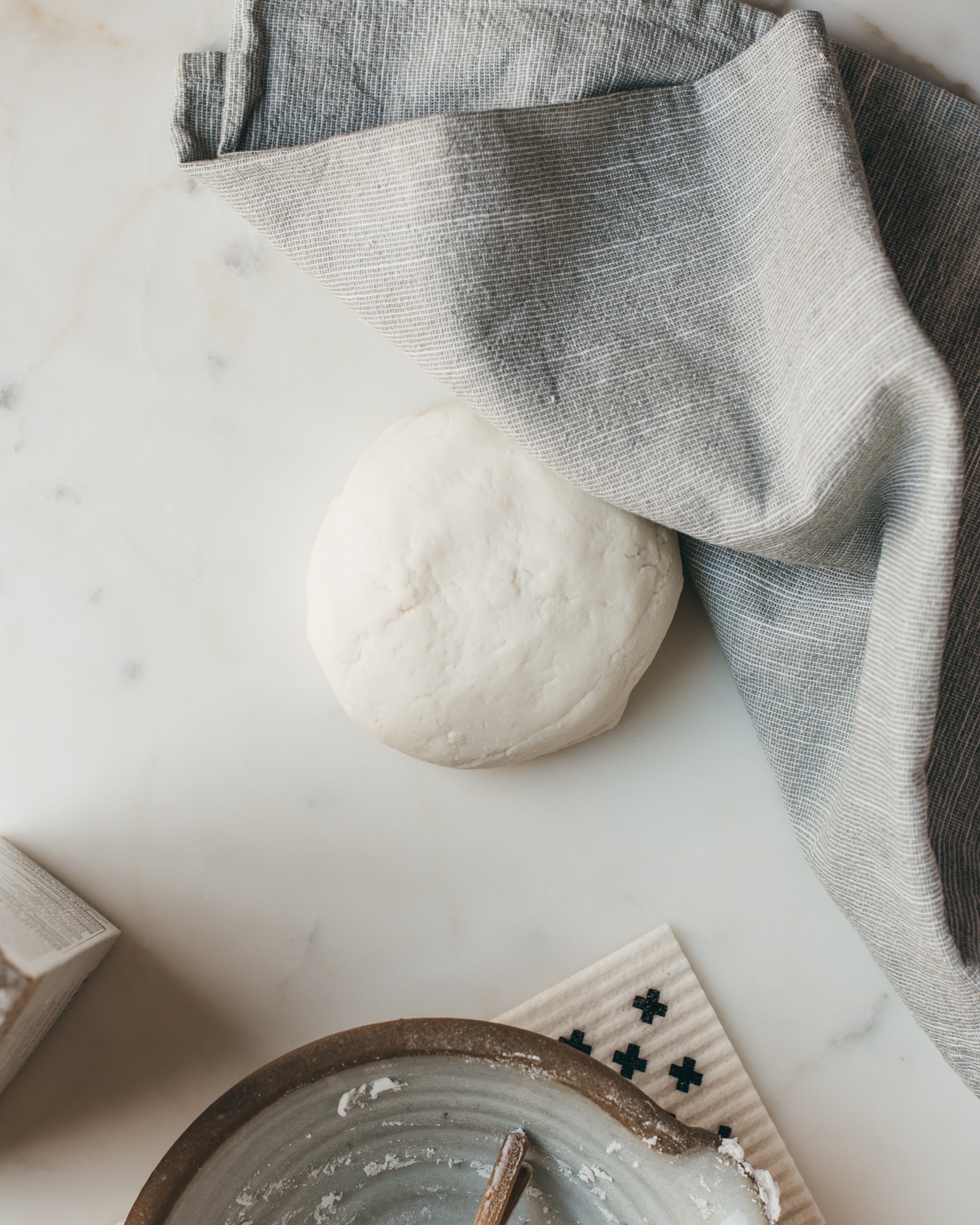
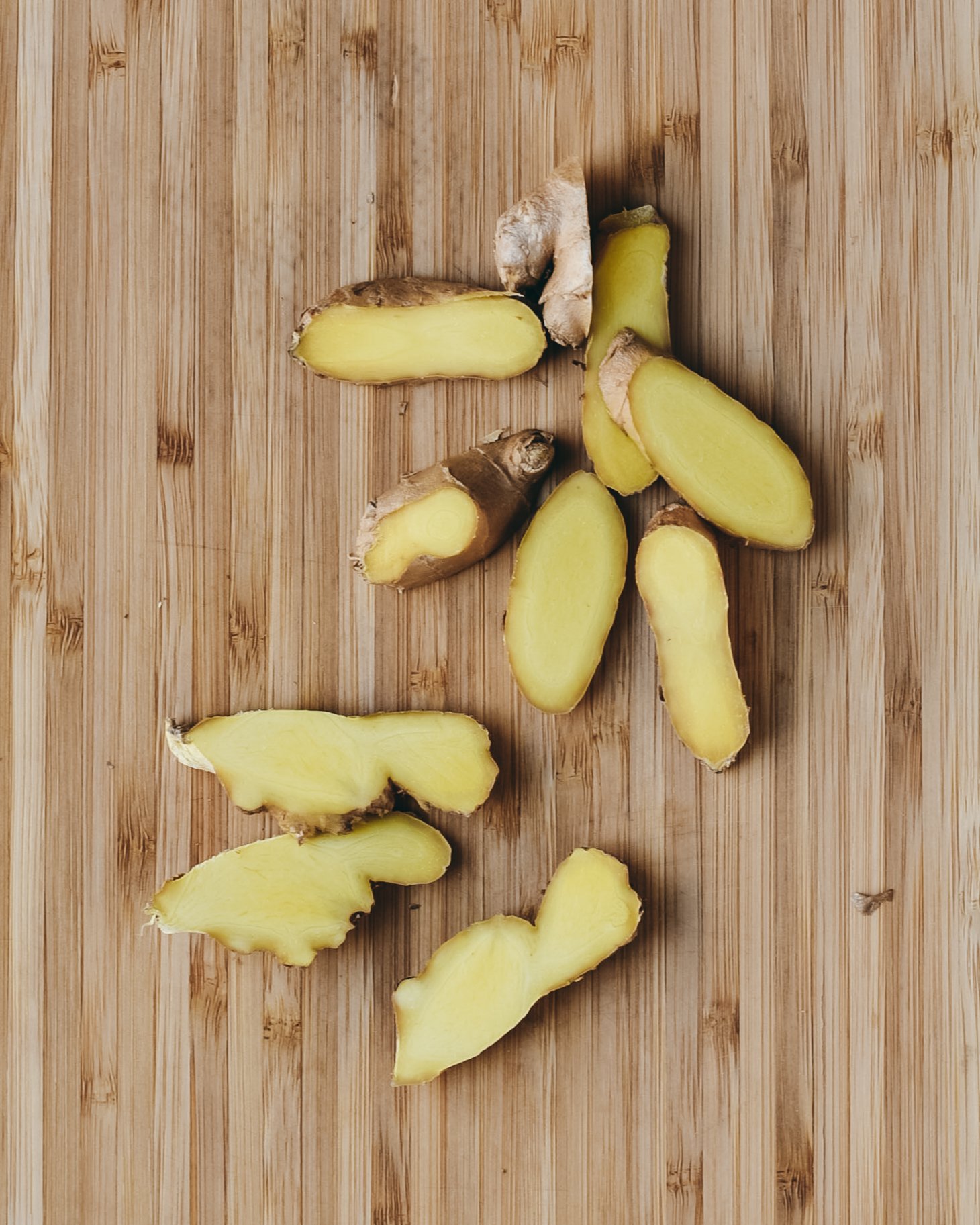


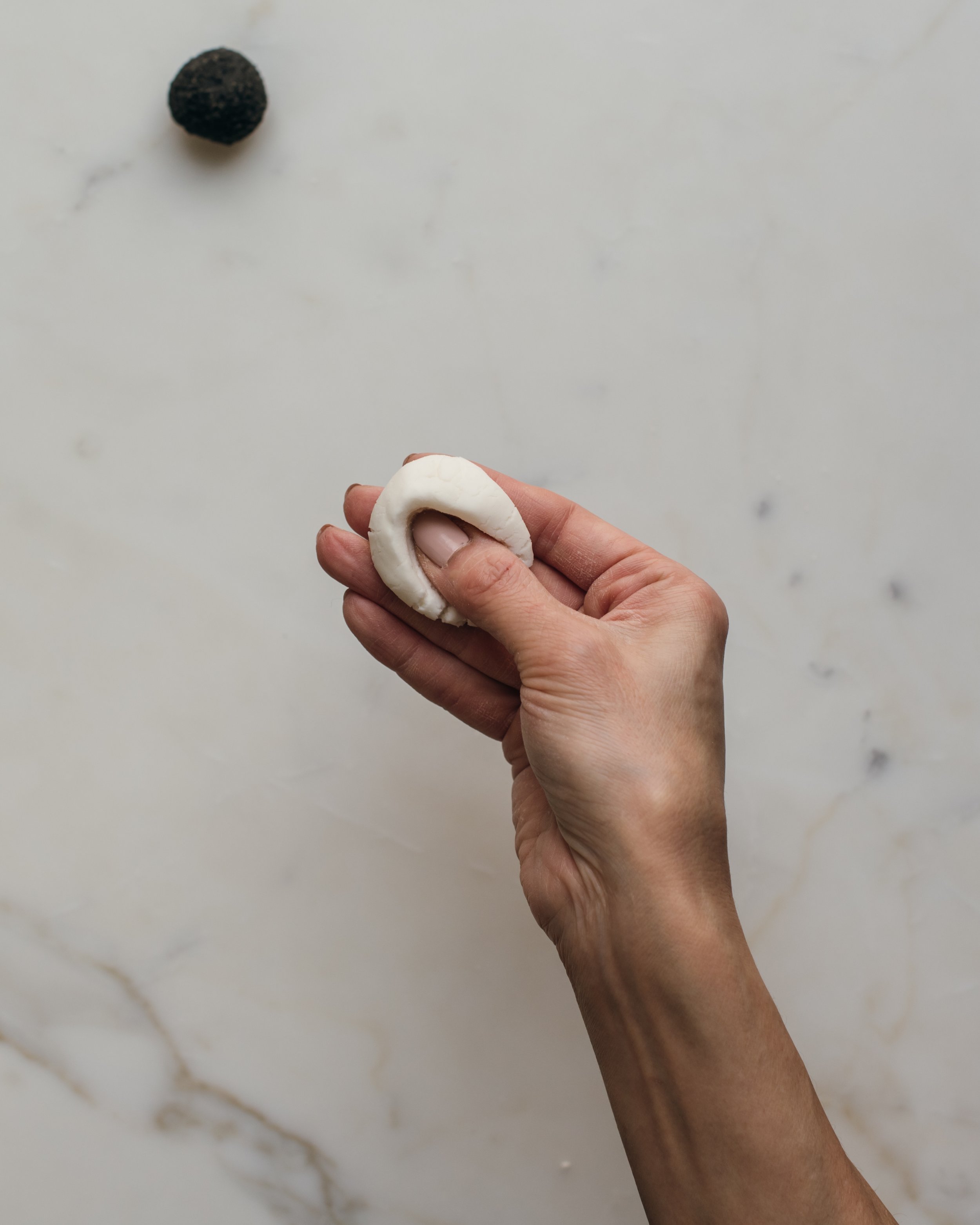
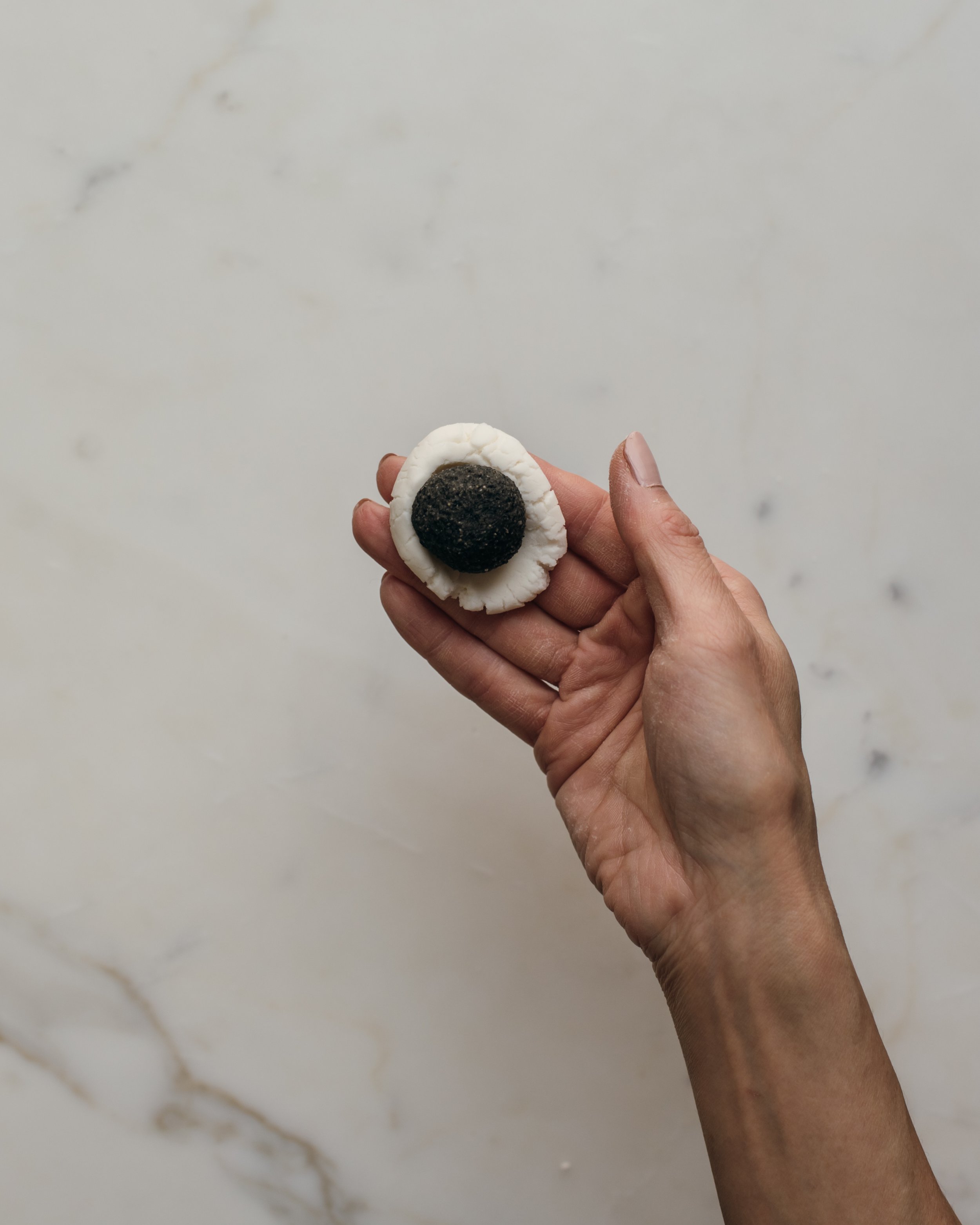
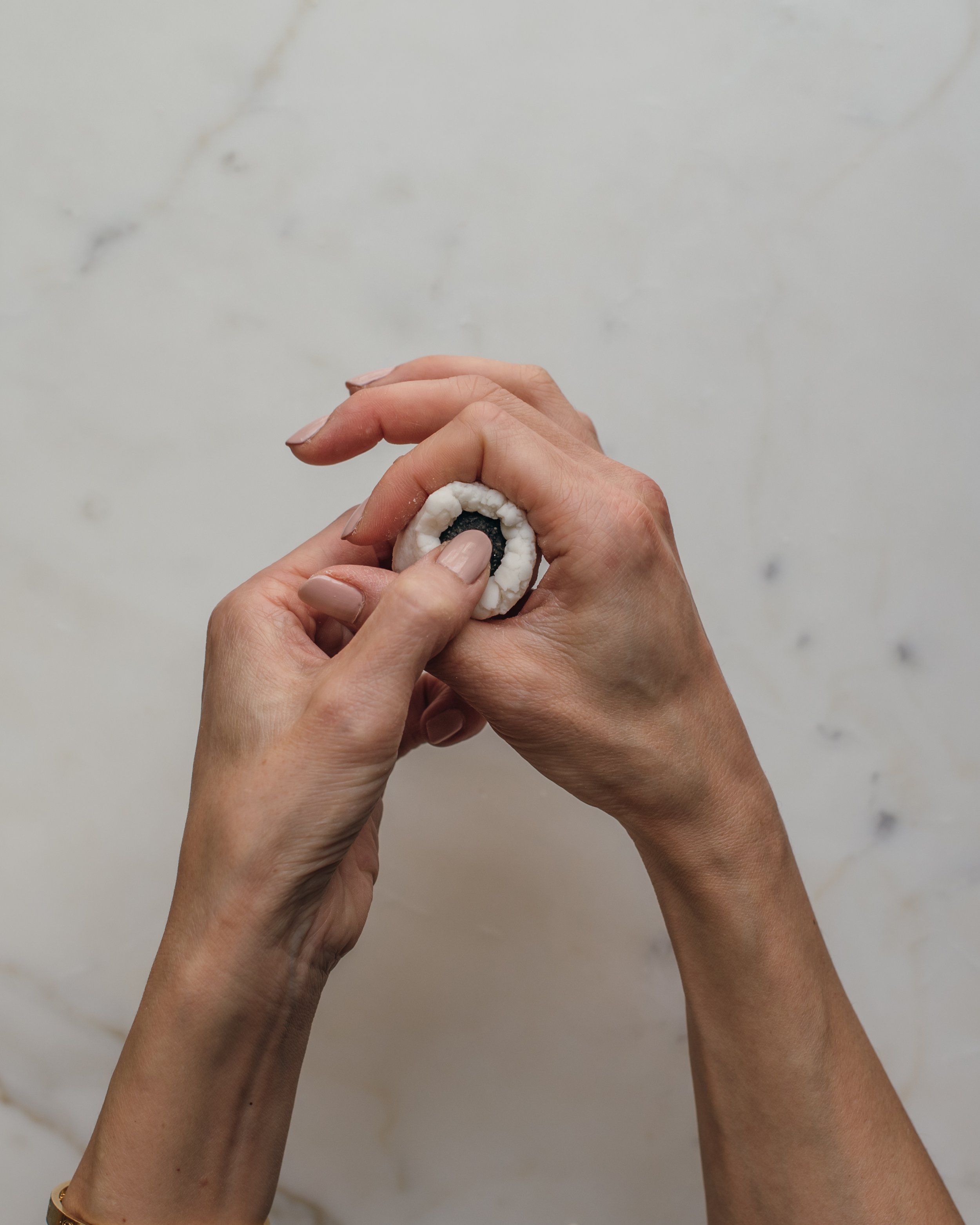
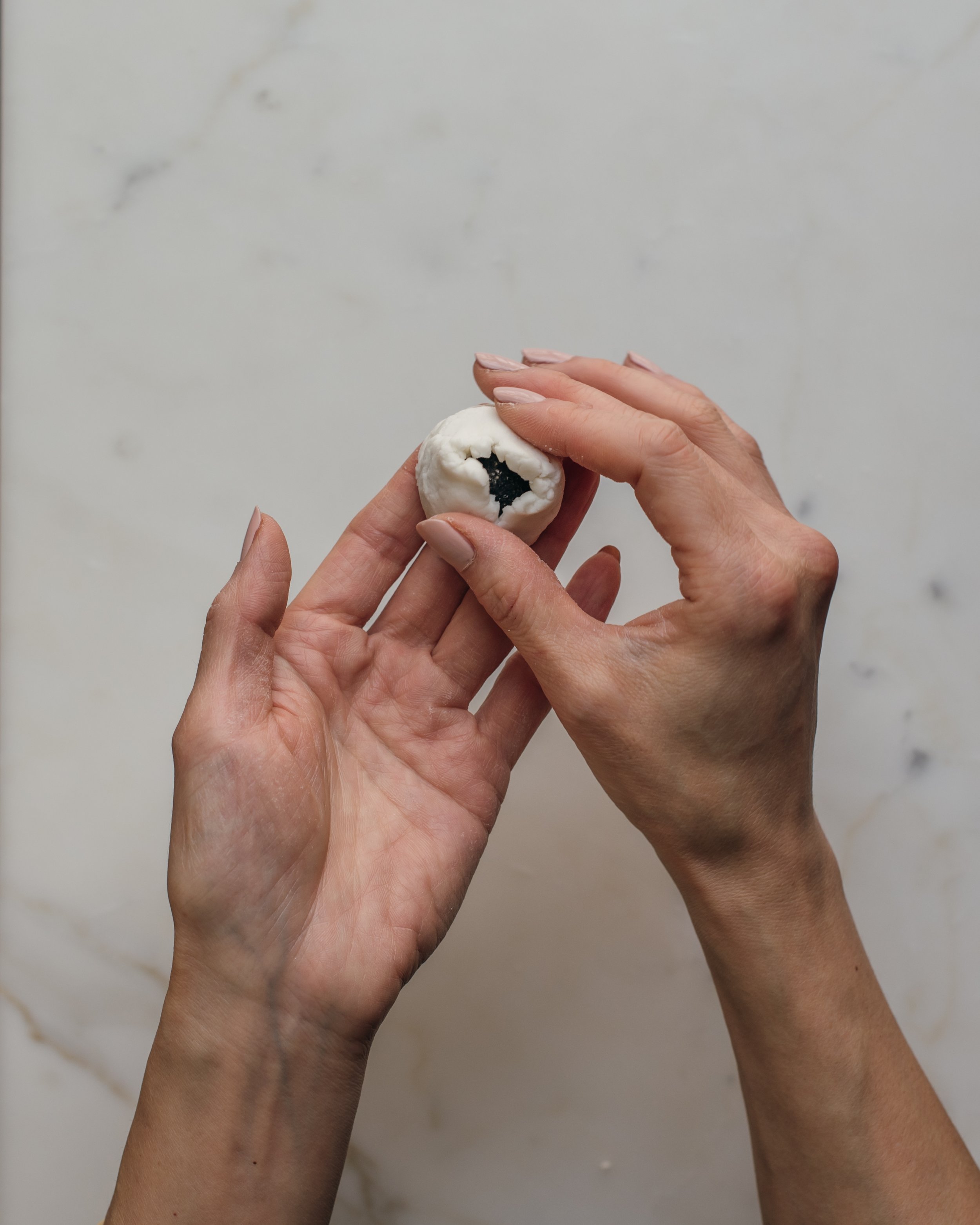
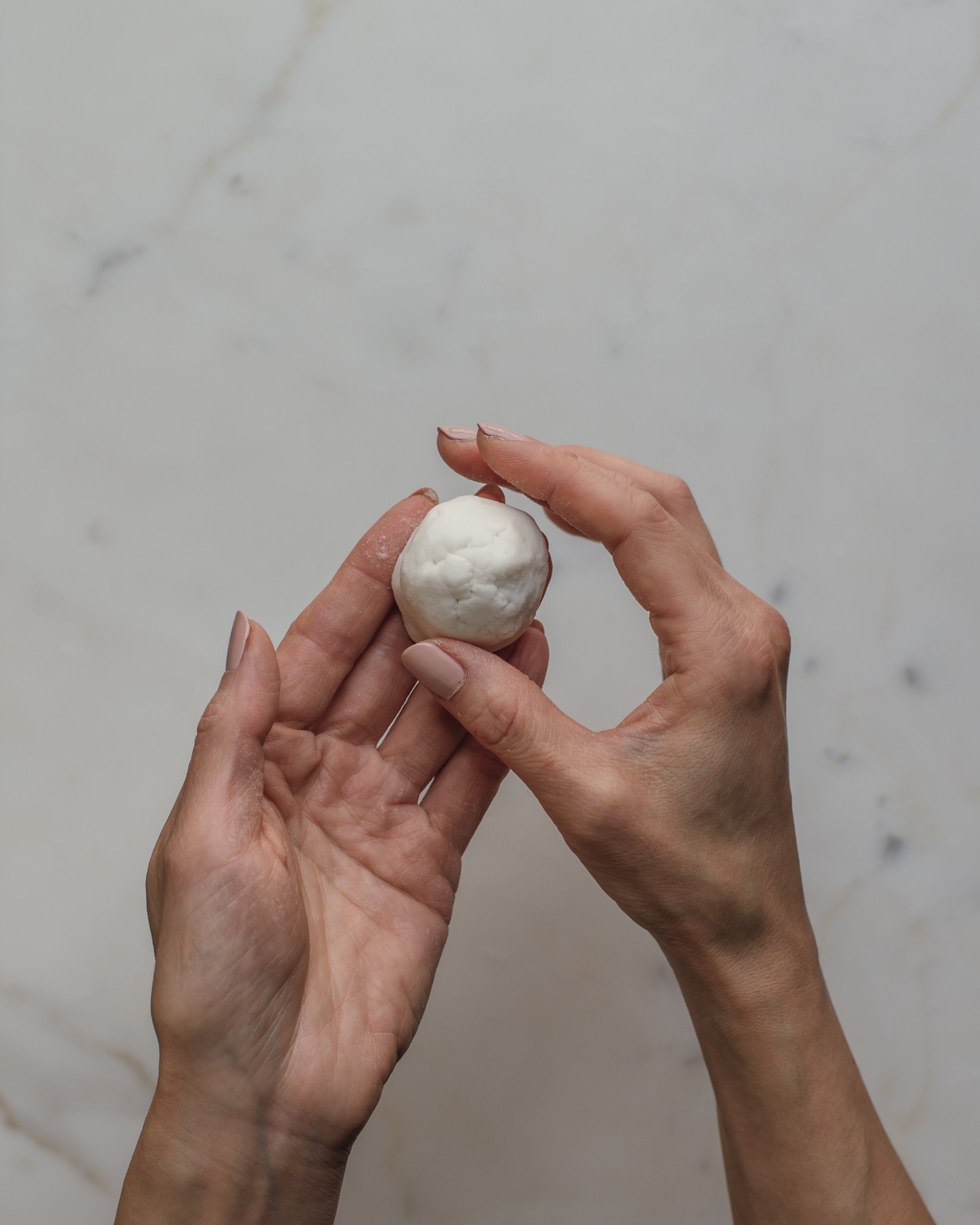
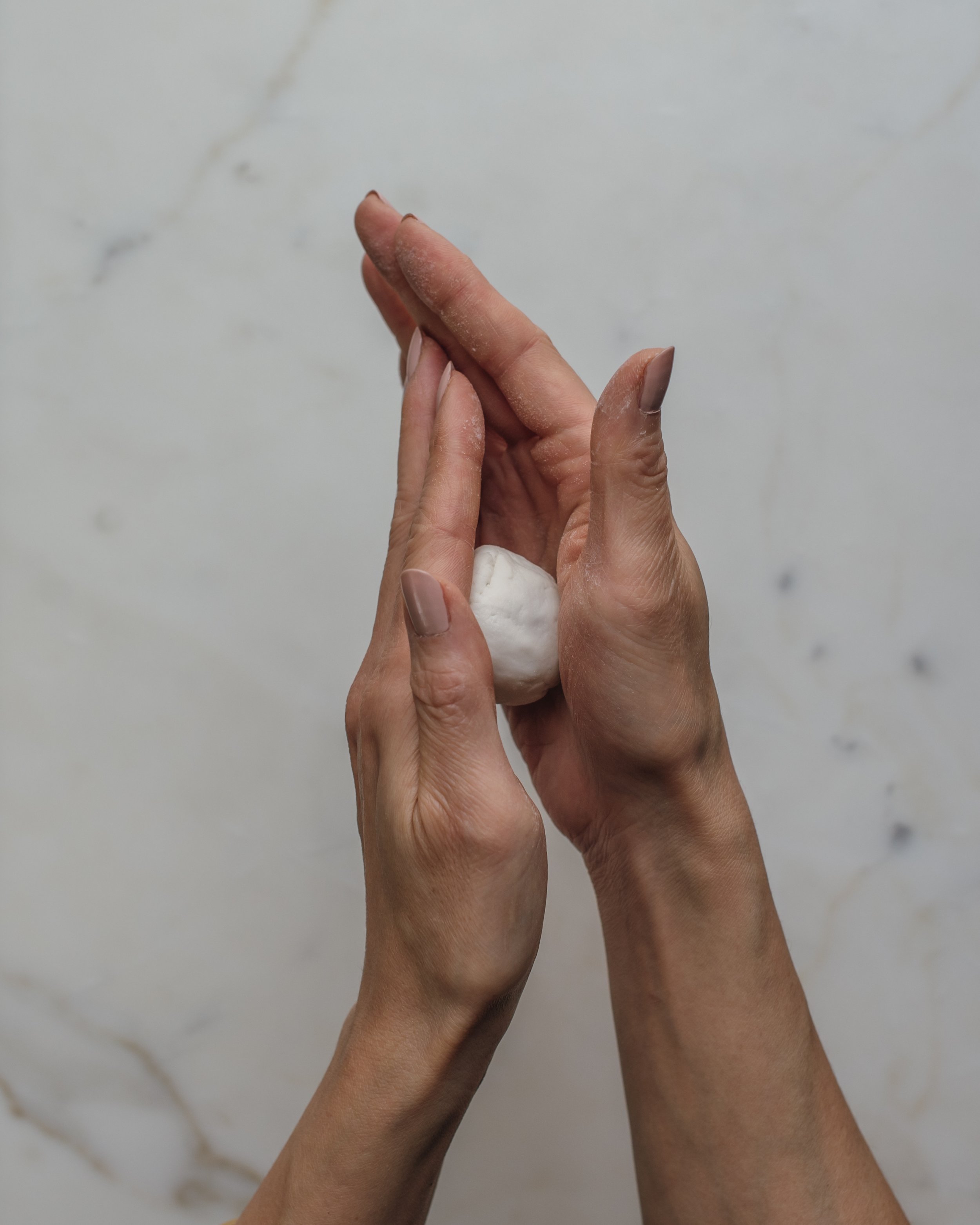





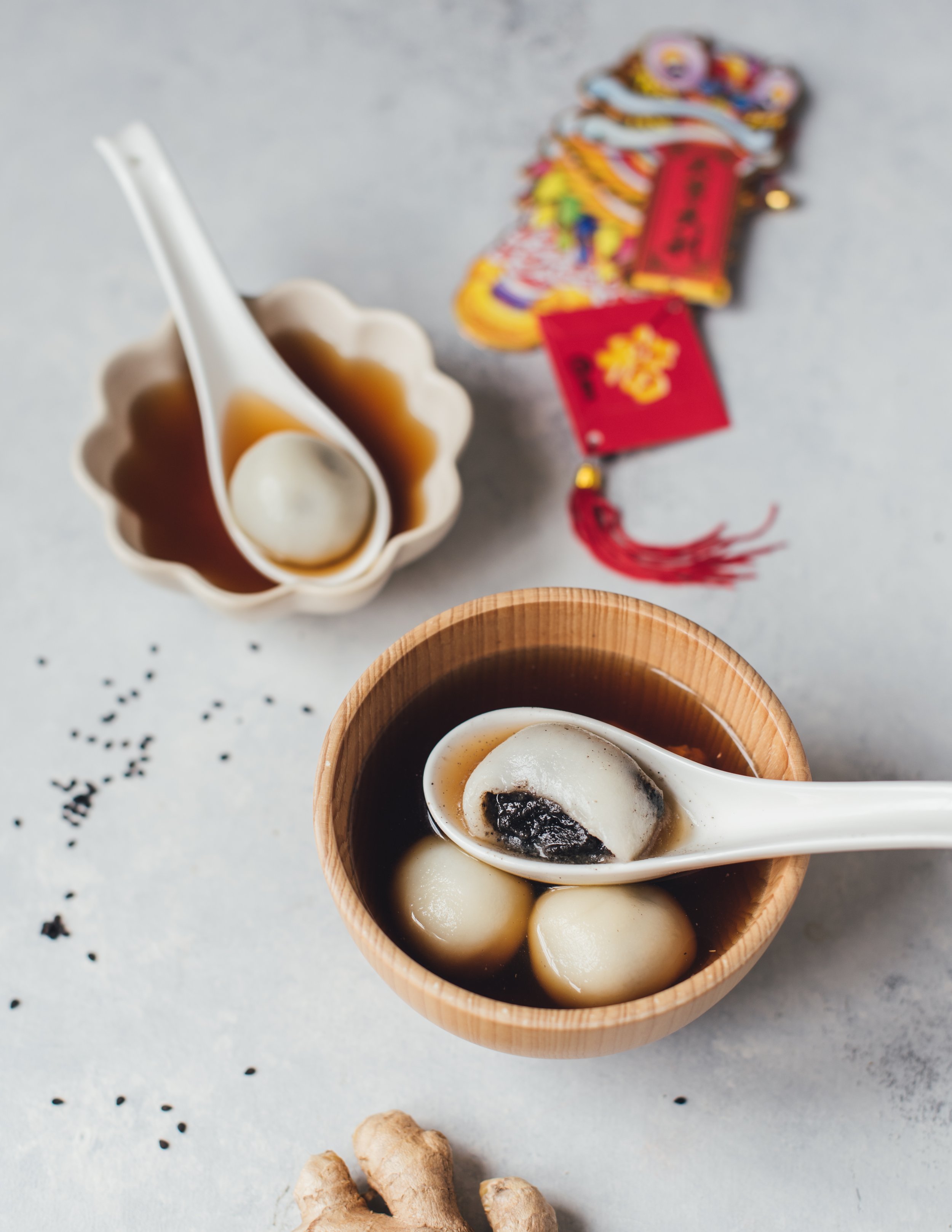






Hi, I’m Sonia
I share recipes inspired by my food cravings and what I make for my family. My role as a working mom of two girls, my life in Toronto Canada and my background as a Chinese immigrant from Hong Kong all inform the things I love, crave and create. This means an emphasis on wholesome recipes that are approachable for busy weeknights and fun recipes to make on weekends and for friends!
homemade food to nourish and indulge …
More about Sonia >